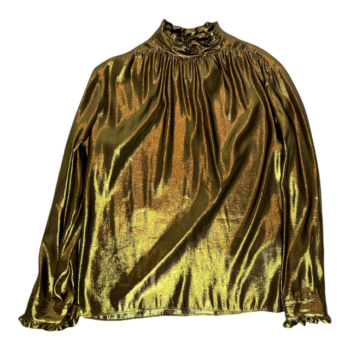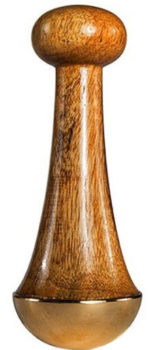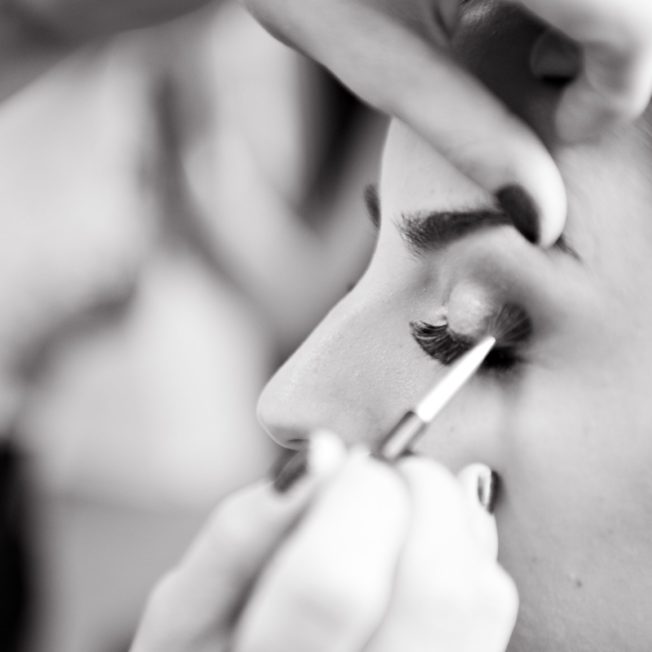While women of a certain age may feel the need to whisper when saying their age aloud in public, society’s overall ideology on aging, specifically, on that of graying hair, isn’t exactly a secret. Culturally, we tend to associate gray hair with old age, frailty, and weakness; even death. But are these associations stating science or simply spreading stigmas? Let’s take a closer look at the root causes behind graying hair.
Age of Gray
Gray hair generally shows up within the same age range for both sexes- usually from the age of 34 to approximately age 44, according to Dermatology at Mount Sinai Hospital. This is due to changes in the amount of pigment that your hair follicles produce during your hair’s natural growth process. As we age, our hair follicles tend to tone it down the pigment production, and as a result, our new hair comes in coated with less pigment, ergo color, as it grows in and therefore, may lack the luster it previously had.
Gray Genes
If you’re sprouting gray strands and you’re under the age of 20, chances are, there’s a silver fox (or two) in your family’s genealogy. But you probably don’t need to look too far up your family tree to identify the root of the issue- you may only need to look at your parents.
In 2016, a Nature Communications study identified the precise gene responsible for hair turning gray. And this scientific finding has more significant implications than merely identifying the cause of graying hair- Scientists believe that the IRF4 gene could ultimately lead to a marketable treatment, even a cure, for the condition.
Stressed Tresses
While stress clearly has a significant effect on our overall physical health, wellness, and appearance, it’s not necessarily a direct underlying cause of graying hair. However, while there’s not necessarily causation present between stress and graying hair, there is a correlation to consider. Each strand of hair grows atop your head for approximately one to three years and when a single strand’s time is up, it sheds, and a new strand of hair is generated from scratch within the hair follicle.
At this point, there’s still no evidence that stress directly causes hair to begin to turn gray, but there is scientific data to show that stress can cause your hair to fall out prematurely. And herein lies the link: Over the course of your recently-shed strand’s lifespan, your body may have undergone some slight changes, specifically, your hair follicles may have grown a tad tired over time. If your hair follicle has grown weary since the last time it had to regenerate a strand, then the hair may not grow in the same shade it did the last time around.
Lifestyle Lapses
As with almost everything else, lifestyle choices can also affect the shade of one’s hair color. For example, smoking or low levels of Vitamin B12 can cause your mane to fade fast. But certain other factors which are totally out of one’s control, such as thyroid disease or dormant viruses, can also play a role in the diminishment of pigment and thus an increase in salt-and-peppered strands.
Keeping the Gray at Bay
If you’re just not ready to go gray, pop a B12 Vitamin and take a cue from your eyebrows circa 1995 and for crying out loud, step away from those tweezers. Plucking a gray strand will only confuse your hair follicle and possibly result in your hair growing back thinner- to be clear- still gray, only now, also thinner.
If you’re less than ecstatic over your strands turning silver, we highly recommend you make an appointment with your hairstylist or just go grab a box of OTC color at the drugstore in order to brighten things up a bit. Better yet, try to embrace your new shades of gray and rest in the knowledge that graying hair is not necessarily a physical manifestation of aging or stress, but rather, a representation of who you are and where you came from.





















